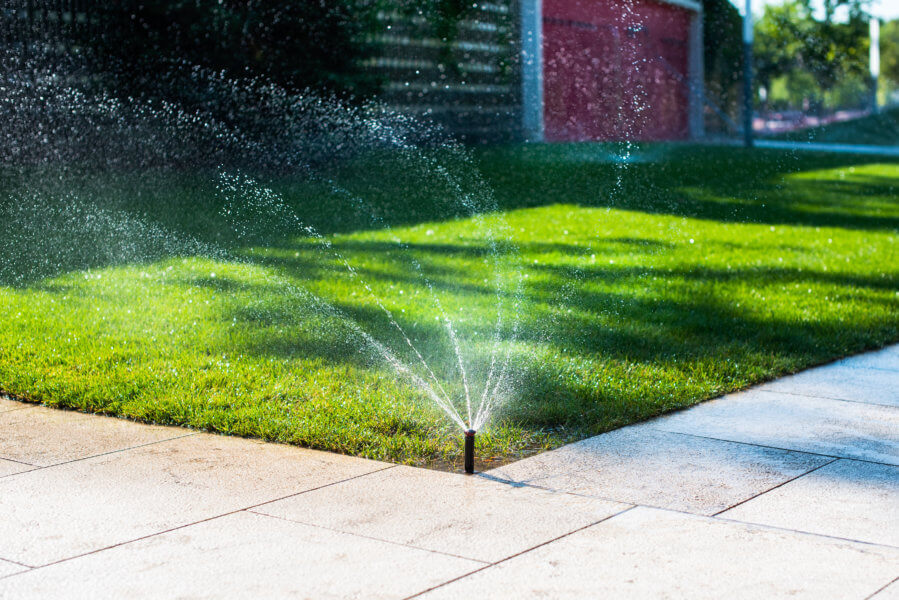
Spring Ahead: Why February is the Perfect Time to Plan Your Sod Installation
Planning for a lush, vibrant lawn starts well before the peak growing season. Sod installation isn’t something that should be left to chance, and February is the ideal time to prepare. By planning ahead, you’ll have time to select the best grass variety, prepare your site, and even secure a professional installer if needed—all before Florida’s busy spring landscaping season kicks into high gear.
Early Spring: The Best Season to Install Sod
In Florida, spring offers optimal growing conditions for most warm-weather grass varieties. By mid-April, temperatures are perfect for root establishment, and frequent rain showers reduce the need for supplemental watering. While Florida lawns generally grow year-round, cooler winter temperatures (below 50°F) can trigger dormancy, especially in North and Central Florida.
Planning your sod installation in February allows you to:
- Select the right grass variety. Choose from options like Bahia, Bermuda, St. Augustine, or Zoysia based on your soil type, sunlight exposure, and lawn usage.
- Prepare your site. Proper site preparation ensures the sod has the best chance to establish and thrive.
- Secure professional services. Spring is a busy season for landscapers, so booking early helps you avoid delays.
Optimal Time for Sod Replacement in Florida
Florida’s climate is divided into three zones—South, Central, and North—each with slightly different optimal times for sod installation. Here’s a general guideline:
- South Florida: Mid to late April
- Central Florida: Late April to mid-May
- North Florida: Mid to late May
While these are the ideal times based on historical weather patterns, sod can still thrive even if installed slightly earlier or later. However, avoid the peak heat of summer to prevent stress or scorching of your grass.
DIY vs. Hiring a Pro Installer
Preparing your lawn for new sod takes careful planning and effort.
If you’re considering a DIY installation, February is the time to start. Key steps include:
- Weed Control: Spray herbicide to kill existing weeds and wait a couple of weeks for the plants to die back completely.
- Pest Awareness: Consult resources like the University of Florida/IFAS Extension for information on common turf pests in your region.
- Site Preparation: Remove old sod and weeds using a sod cutter or tiller, then grade the soil to ensure a smooth, level surface for the new sod.
If this sounds overwhelming, hiring a professional landscaper may be the better option. Keep in mind that spring is their busiest season, so securing services early is crucial.